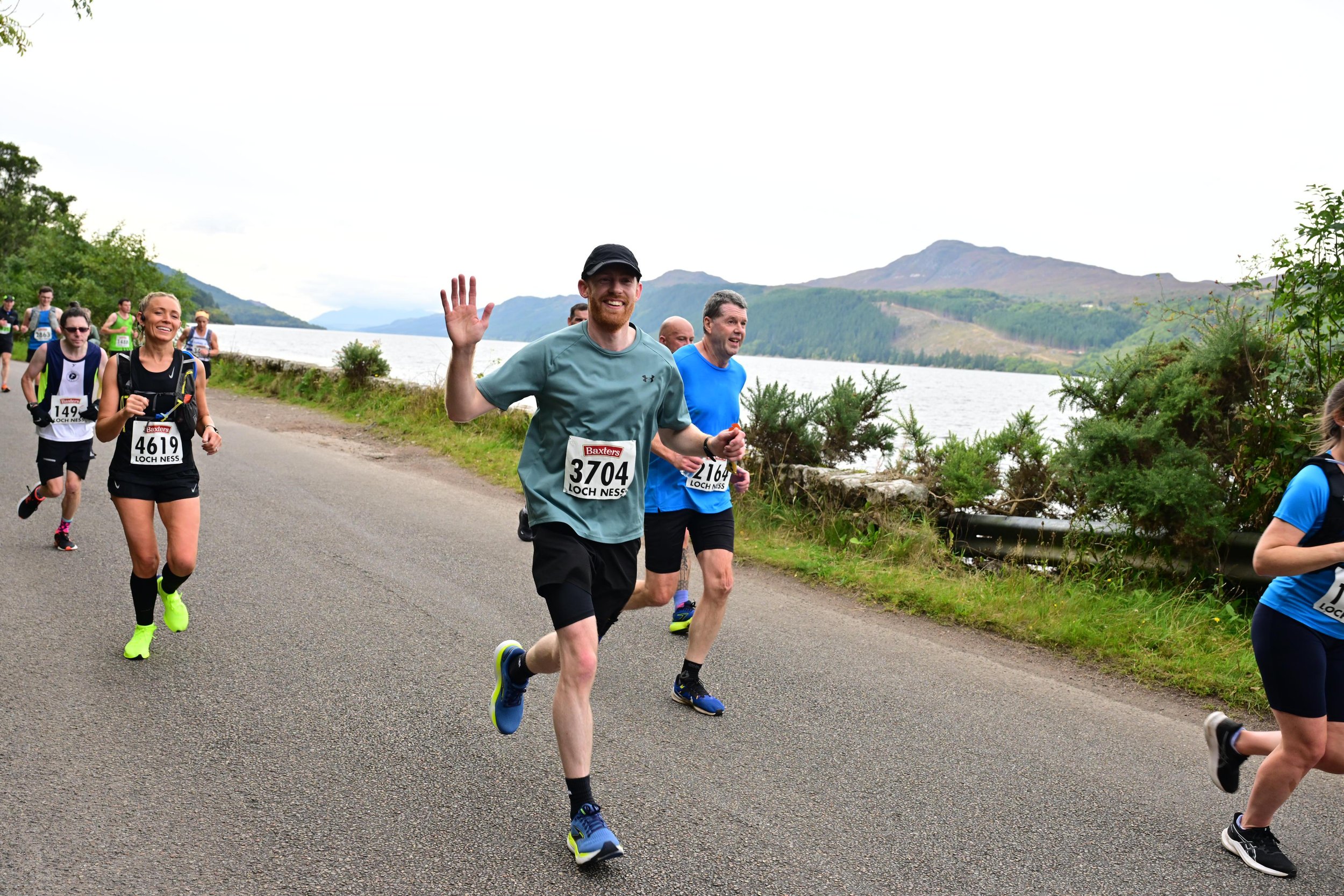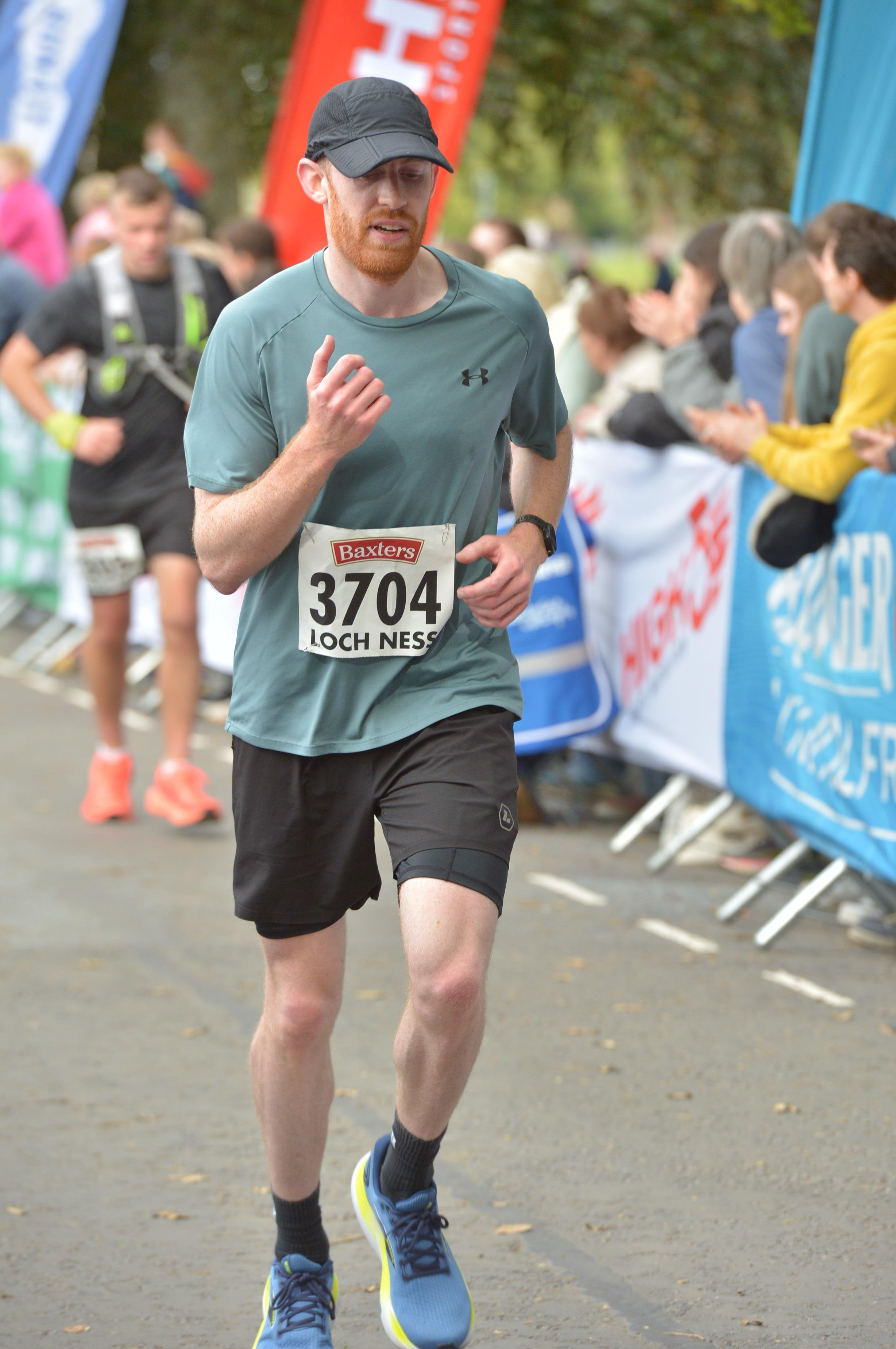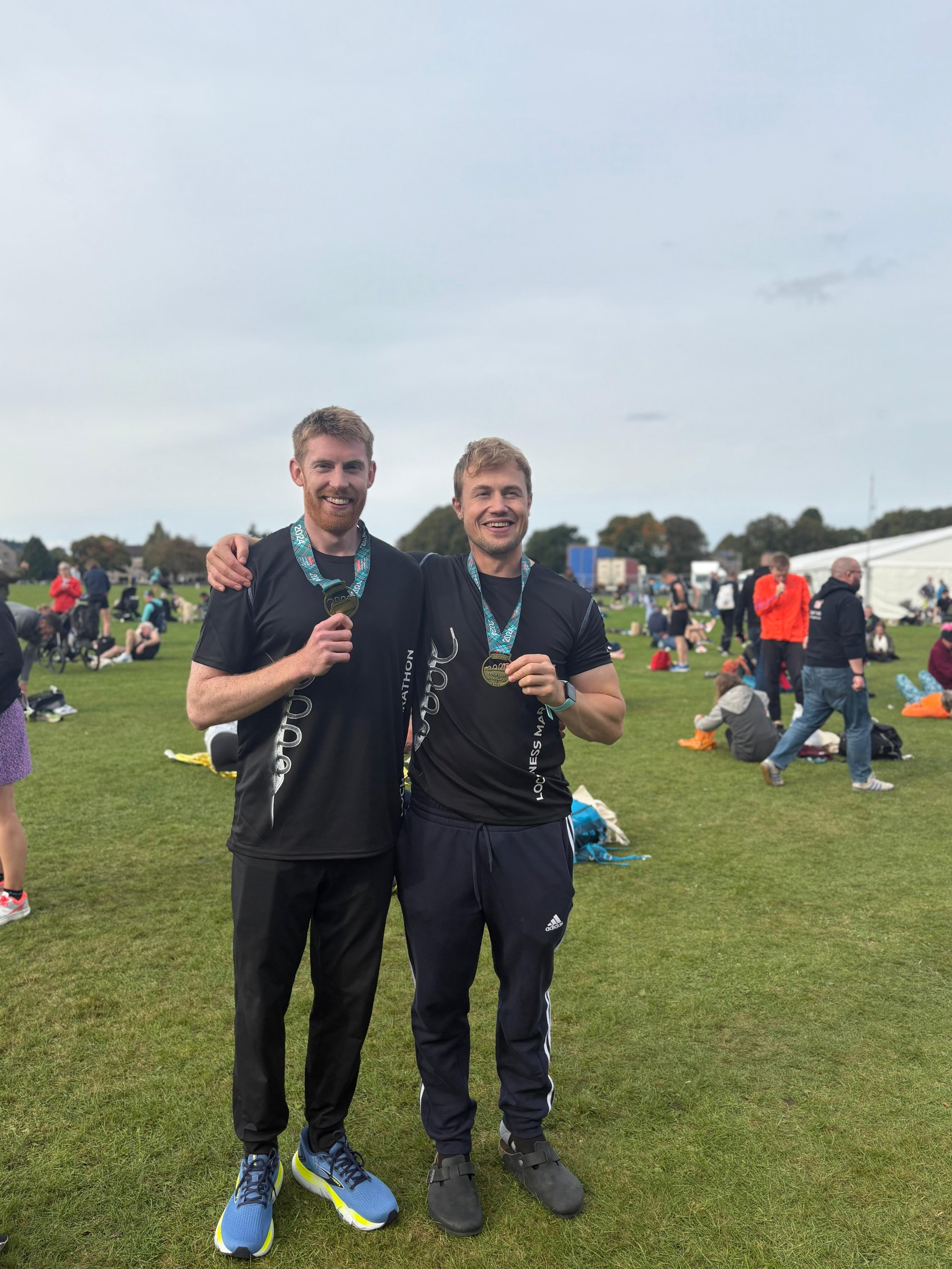Glasgow, Scotland, UK • December 2024 • Length of Read: 2 Minutes
The out-of-office e-mail is set, the festivities have begun, and with that comes the ninth annual Crobs Abroad year in review. A year of fitness activities, exploring my homeland, and helping Billie, our once scared and anxious rescue dog, flourish into a confident and loving family member who we couldn’t imagine life without.
With our newly adopted pup, international travel wasn’t on the cards, so we used this as an opportunity to visit the parks, cafes, and sights on our doorstep. A pair of trips to visit my friend Jason in St. Albans were made to celebrate a milestone birthday and watch the mighty Hornets from Watford F.C. Some home improvements led to us hosting BBQs, house parties and dinners, and I was welcomed with open arms into a new functional fitness community. To mark this change in training environment, I’m reflecting on my Top 5 fitness endeavours during 2024:
Completing a Hyrox Doubles with my Dad in Glasgow, a fantastic father-and-son bonding moment (despite accidentally running an extra lap).
Qualifying and competing in the CrossFit Open Quarterfinals stage, a true reflection of my early morning alarm clocks and diligent training.
Travelling to Birmingham to represent CrossFit Glasgow at Strength in Depth, a 2-day team competition featuring swimming, gymnastics, running, and weightlifting.
Honouring the memory and legacy of Michael Murphy, Navy SEAL, by completing the Memorial Day Murph workout in a 20kg weighted vest.
Running the Loch Ness Marathon and seeing Eva crush the 10km event.
This year my ears were glued to the new albums from Riley Green, Chase Rice, and Post Malone. I also had the pleasure of seeing incredible live concerts from Nickelback, Wyatt Flores, and Glass Animals. And having become obsessed with the T.V. series Reacher, I embarked on a mission to read the whole of Lee Child’s back catalogue featuring the badass character. I churned through 10 high-octane novels this year, with the fictional hero providing interesting life lessons such as:
When in doubt, drink coffee
Assumptions kill
Never volunteer for anything
Sleep when you can
In an investigation, details matter
But the above is preamble for the moment you’ve all been waiting for, the top five top moments from 2024:
Getting a promotion at work to Finance Business Partner, using my professional acumen and guidance to support senior leaders with financial decision making and building business cases.
Attending the Tiree Music Festival with my best friends, camping, surfing, and exploring the beautiful Hebridean island whilst rocking out in the evenings to bands such as Tide Lines, Valtos, and Project Smok.
Going with gym buddies to the Rogue Invitational in Aberdeen, a live strongman, strongwoman, and CrossFit competition where the best athletes from around the globe gathered to showcase their fitness prowess.
Gaining the trust and love of my rescue dog Billie. After false starts, patience-testing repetitive training, sessions with a dog behaviourist, and hundreds of treats, we can now go out the house for lovely walks together.
Eva’s parents visiting Scotland, going on road trips, pottery painting, pumpkin picking, whisky tasting, and our families spending quality time together.




















